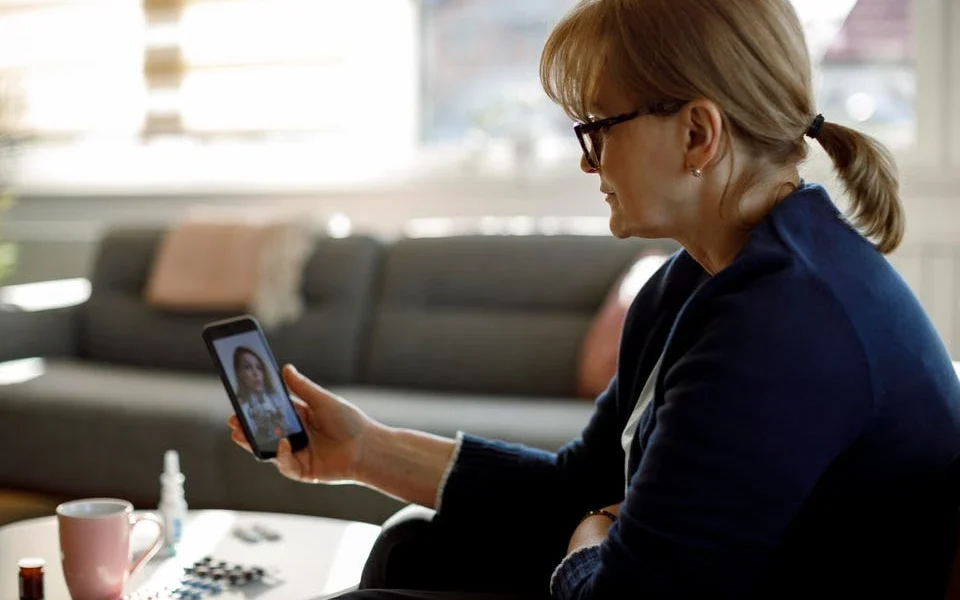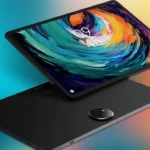Oh No! My Doctor Is A Robot: Navigating IoT-Powered Healthcare
In today’s post-pandemic world, the fear of technology creating vulnerabilities and making lives more difficult has emerged. While AI has been portrayed as the boogeyman, it has the potential to bridge gaps in healthcare, especially amidst variables such as pandemics and staff shortages.
The Role of AI in Connected Health
AI is already deeply integrated into our daily lives, from chatbots to voice assistants. In connected health, IoT-powered AI functions as a support technology, aiding healthcare workers in improving patient outcomes and filling the gaps left by pandemics and staff shortages.
Pandemic-Proof Care
Post-Covid-19, hospitals globally face severe staff shortages. IoT-powered AI, particularly AI-integrated remote patient monitoring, leverages IoT-connected devices to remotely monitor patients’ vitals and alleviates the burden on hospital staff.
Virtual Nursing Assistants
AI-powered virtual assistants can help patients identify illnesses, schedule doctor appointments, and connect them to in-person medical treatment or EMS, essentially functioning as a medical concierge.
Improved Diagnoses and Predictive Care
AI-driven medication adherence through RPM can monitor patient behavior, predict medication skipping, and deploy personalized medication reminders. It helps in managing chronic conditions and reducing complications, leading to better outcomes and cost savings.
The Human Touch
Despite the exciting prospects of AI in healthcare, the technology still has its limitations and cannot replace the human connection between clinicians and patients. While AI can assist in various aspects of healthcare, it is essential to preserve the human element in patient care.
Connecting The Dots
The future uses of AI in healthcare, particularly in connected health, heavily rely on reliable IoT connectivity to securely transmit patient data. Rather than being a job-stealing threat, IoT-powered AI can enable independence and grant healthcare professionals greater insights into their patients when deployed responsibly and with the right intentions.
Romil Bahl, the President and CEO at KORE, highlights the evolving landscape of healthcare technology. He emphasized that AI is not the boogeyman it’s often portrayed to be. In fact, AI is already here and is significantly impacting our daily lives, particularly in the realm of healthcare. The prevalent fear surrounding AI, that it will replace human jobs and create vulnerabilities, is a common sentiment. Given the current climate post-pandemic, the role of AI in bridging gaps in healthcare has become increasingly crucial.
IoT-powered AI is a supportive technology, aiding healthcare workers in improving patient outcomes and filling the gaps left by pandemics and staff shortages. It is not about replacing human roles, but rather enhancing and complementing the healthcare team. Post-Covid-19, hospitals worldwide are grappling with unprecedented staff shortages. IoT-powered AI, particularly AI-integrated remote patient monitoring, provides a viable solution to alleviate the burden on hospital staff. Through secure transmission of patient data, AI can enable independence and grant healthcare professionals greater insights into their patients. This technology, if deployed responsibly and with the proper intentions, can restore the human element often lost in our changing world.
Virtual nursing assistants, powered by AI, can help patients identify illnesses, schedule doctor appointments, and connect them to in-person medical treatment or EMS. AI-driven medication adherence through RPM can monitor patient behavior and predict medication skipping, resulting in better outcomes and cost savings for patients and healthcare systems alike. While the potential of AI in healthcare is promising, it is vital to retain the human connection between clinicians and patients. Bedside manner and nuanced conversations regarding sensitive medical information require the human touch that AI cannot replicate.
Source: forbes








No Comments